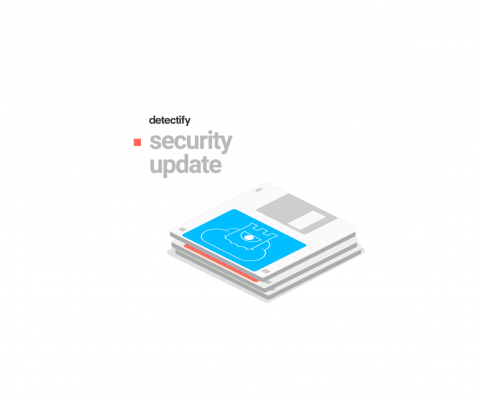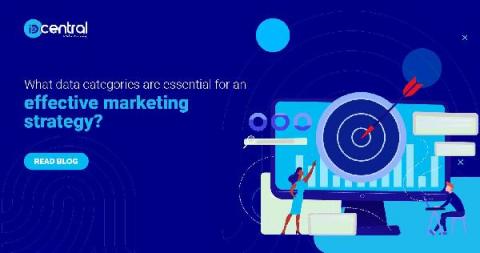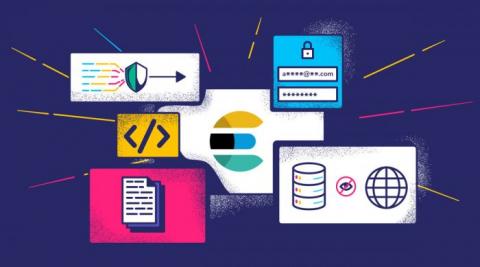Hacking Christmas Gifts: Remote Control Cars
If high-tech gadgets are on your holiday shopping list, it is worth taking a moment to think about the particular risks they may bring. Under the wrong circumstances, even an innocuous gift may introduce unexpected vulnerabilities. In this blog series, VERT will be looking at some of the Internet’s best-selling holiday gifts with an eye toward their possible security implications.









